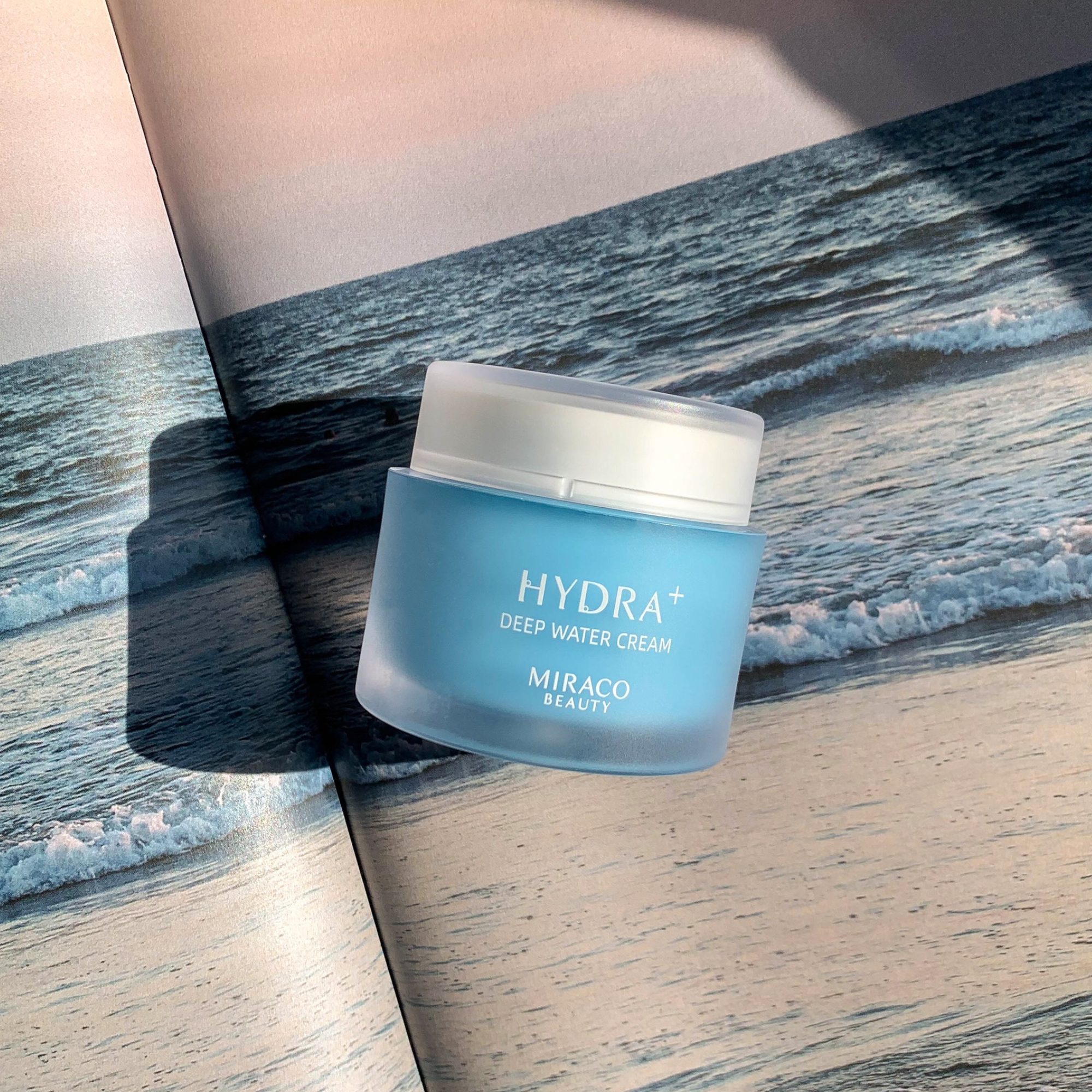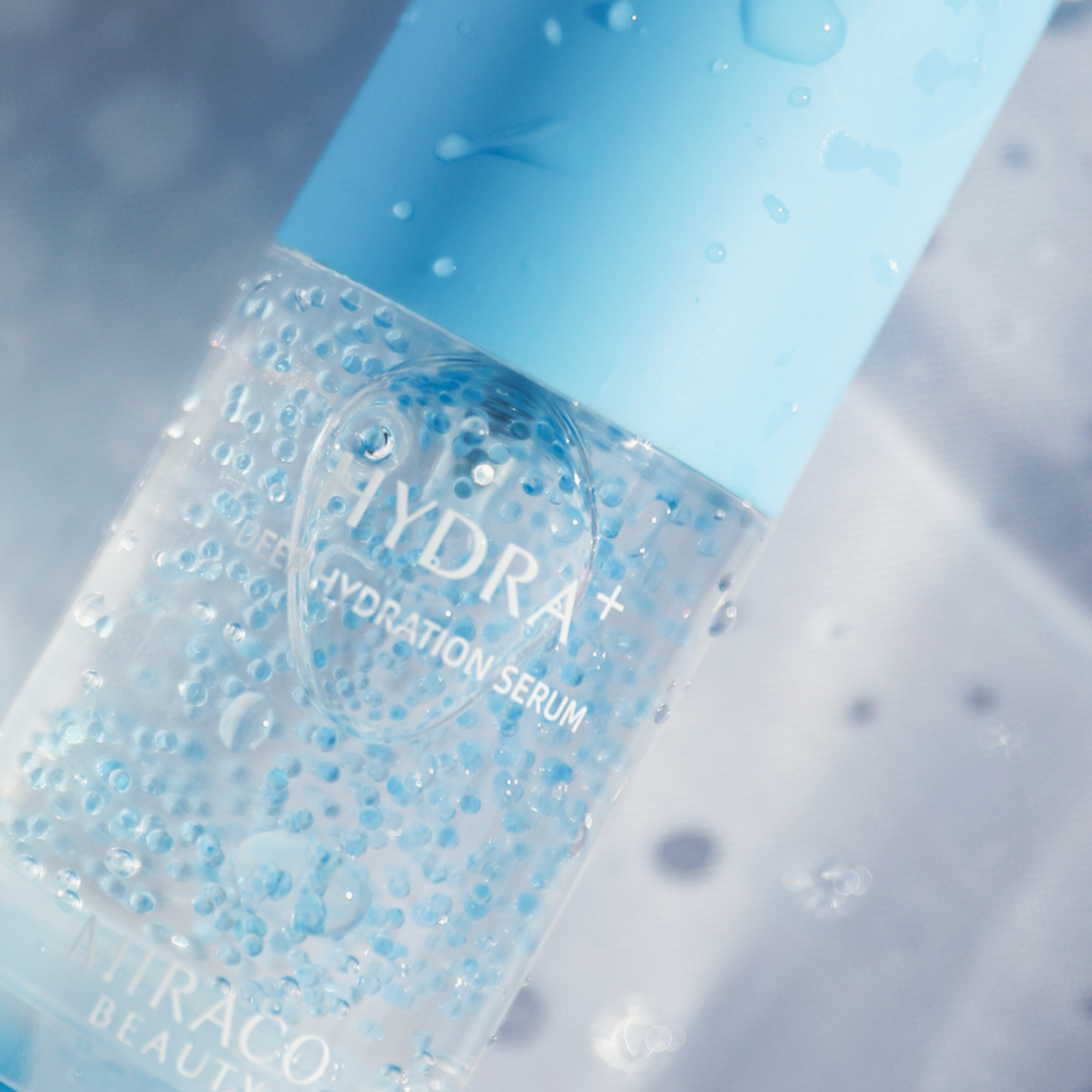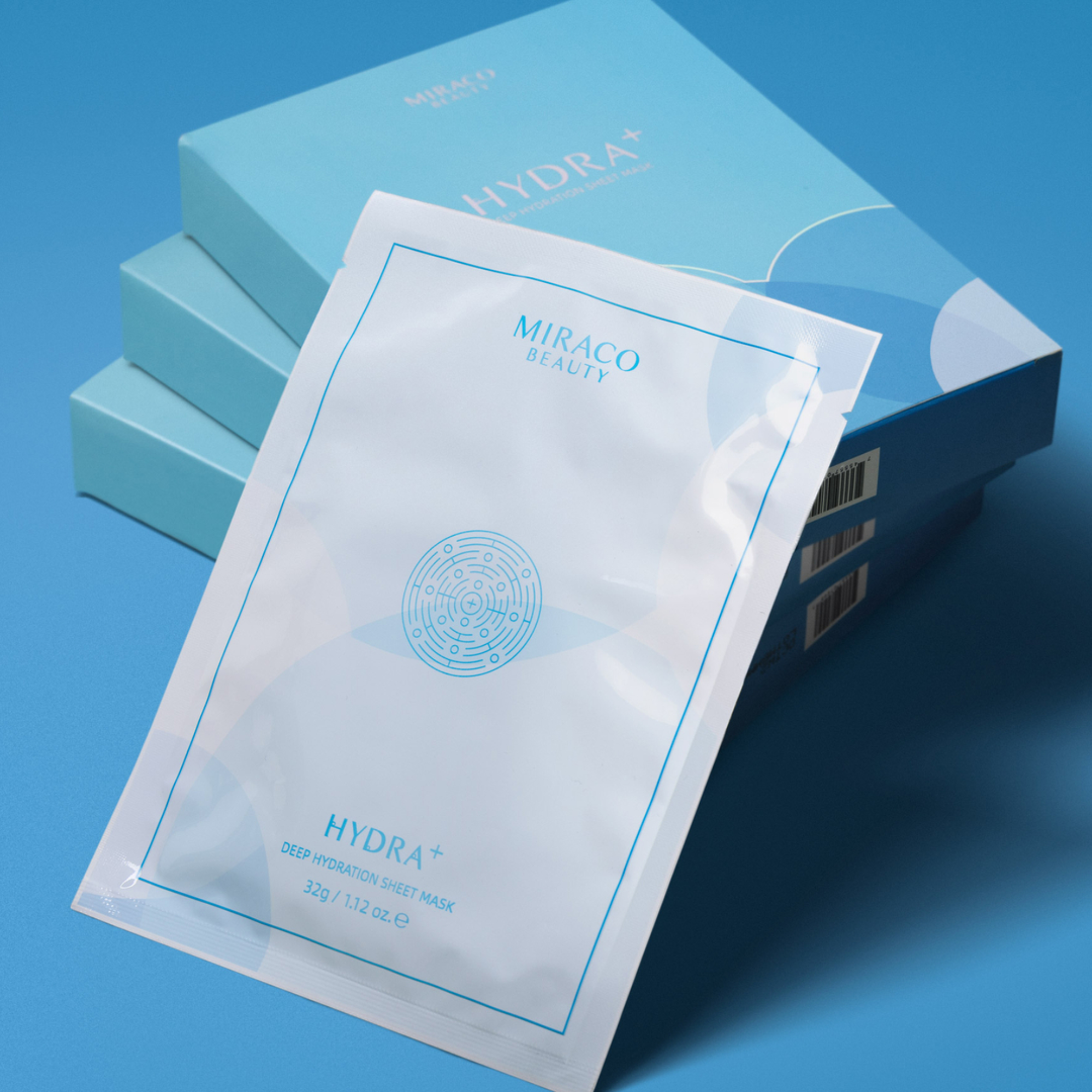What Is a Wrinkle?
Aging is a natural, beautiful process of life, and wrinkles are a common sign of aging. Wrinkles are deep-set creases, folds, or lines on the skin’s surface. Unlike fine lines, these are more noticeable - as fine lines may turn into wrinkles as skin loses elasticity.
When to Start Using Wrinkle Products
It’s never too early too start taking care of yourself, and it’s recommended to start using anti-aging products in your 20s, as this is the age where these products are most productive. As we age, these important three proteins decrease: collagen, elastin, and hyaluronic acid. Other than switching skincare products, dermatological procedures such as chemical peels and botox are also great preventatives.
What are Fine Lines?
Fine lines are the very first signs of aging to occur as we age. They appear around the corner of the eyes, especially when smiling, laughing, or frowning. They are subtle in appearance and less pronounced than wrinkles.

What Causes Both Wrinkles and Fine Lines?
- Aging: The natural aging process leads to a decrease in the production of collagen and elastin, proteins that provide structural support and elasticity to the skin. As collagen and elastin levels decline, the skin becomes less firm and more prone to developing wrinkles and fine lines.
- Sun Exposure: Prolonged and unprotected exposure to the sun's UV rays is a major contributor to skin aging. UV radiation damages collagen and elastin fibers in the skin, causing it to lose elasticity and leading to the formation of wrinkles and fine lines.
- Smoking: Smoking tobacco can accelerate the aging of the skin. It constricts blood vessels, reduces blood flow to the skin, and generates free radicals that can damage skin cells, all of which contribute to the development of wrinkles and fine lines.
- Repetitive Facial Expressions: Certain facial expressions, such as squinting, frowning, or smiling, cause the skin to fold and crease over time. These repeated movements can lead to the formation of "expression lines" or dynamic wrinkles.
- Dehydration: Skin that lacks proper hydration is more susceptible to developing fine lines. Proper moisture helps keep the skin supple and minimizes the appearance of lines.
- Genetics: A person's genetic makeup can influence their predisposition to developing wrinkles and fine lines. Some individuals may inherit genes that make them more or less prone to skin aging.
- Lifestyle Factors: Other lifestyle factors, such as diet, alcohol consumption, and stress, can also play a role in the development of wrinkles and fine lines. A balanced diet rich in antioxidants, limited alcohol intake, and stress management can support healthy skin.
-
Skin Care Habits: The way you care for your skin can impact its aging process. Using sunscreen to protect against UV radiation, moisturizing to maintain skin hydration, and adopting a skincare routine that includes products like retinoids and antioxidants can help reduce the appearance of wrinkles and fine lines.

Different Types of Wrinkles
- Expression Lines (Dynamic Wrinkles): These wrinkles are caused by repetitive facial movements and expressions, such as smiling, frowning, or squinting. Over time, these movements create creases in the skin. Expression lines are often found around the eyes (crow's feet), on the forehead (forehead lines), and between the eyebrows (frown lines or "11" lines).
- Static Wrinkles: Unlike expression lines, static wrinkles are visible even when the face is at rest. They are primarily caused by a combination of aging, sun damage, and a loss of skin elasticity and collagen. Common areas for static wrinkles include the cheeks, neck, and décolletage.
- Fine Lines: Fine lines are very shallow wrinkles that are often the earliest signs of aging. They can appear anywhere on the face and are usually associated with a loss of skin moisture and elasticity.
- Deep Wrinkles: Deep wrinkles are more pronounced and can be quite visible. They are typically associated with a significant loss of collagen and elastin, sun damage, and the natural aging process. Examples include deep lines around the mouth (nasolabial folds) and deep forehead furrows.
- Marionette Lines: These are the lines that extend from the corners of the mouth down to the chin. They are called "marionette lines" because they resemble the strings on a marionette puppet. Marionette lines can become more prominent with age and sagging skin.
- Neck Wrinkles: The skin on the neck is thinner and more delicate than on the face, making it susceptible to wrinkling. Neck wrinkles can include horizontal lines (necklace lines) and vertical bands (platysmal bands).
Décolletage Wrinkles: Also known as chest wrinkles or cleavage wrinkles, these lines and creases appear on the upper chest area and are often a result of sun exposure and sleeping positions.
- Sleep Lines: These wrinkles form when you sleep with your face pressed against a pillow. They are temporary and typically fade during the day but can become more permanent over time with repeated pressure.
- Smoker's Lines: These are vertical lines that develop around the lips, particularly in people who smoke. Smoking can accelerate the breakdown of collagen and elastin, contributing to the formation of these lines.
- Wrinkles Around the Eyes: Wrinkles around the eyes, such as crow's feet, are common and often associated with the aging process and sun exposure. They can be both fine lines and deeper wrinkles.

Antioxidants, peptides, hyaluronic acid, niacinamide, retinol, AHAs, BHAs, ceramides, growth factors, and plant extracts. Check out our fine lines blog for more info.
Best Skin Care Products for Fine Lines
- HYDRA+ Replenishing Cleanser
- HYDRA+ Vitamin Mist
-
HYDRA+ Deep Hydration Serum (think of this as a booster for your skincare routine, especially skin treatments)
- S-CELL Super Cream
- S-CELL Supreme Dry Oil





